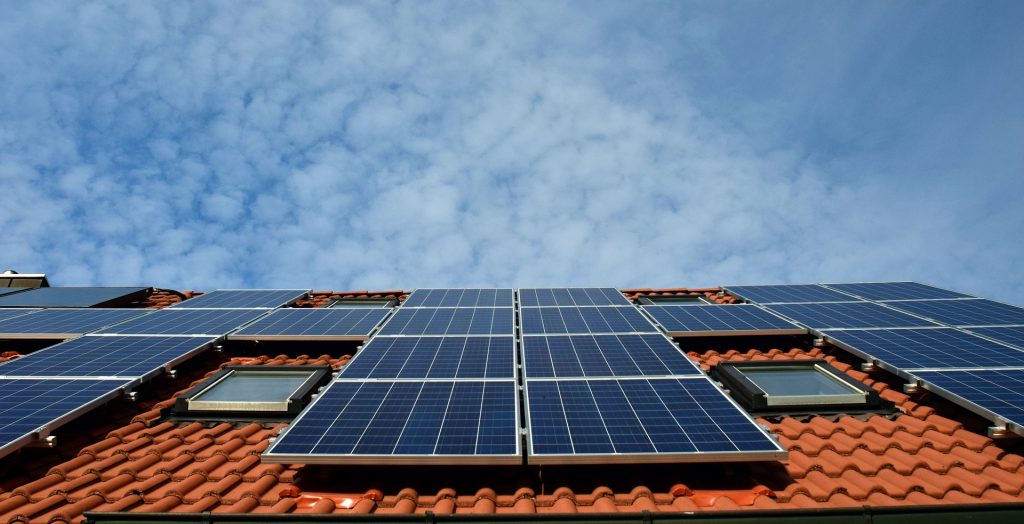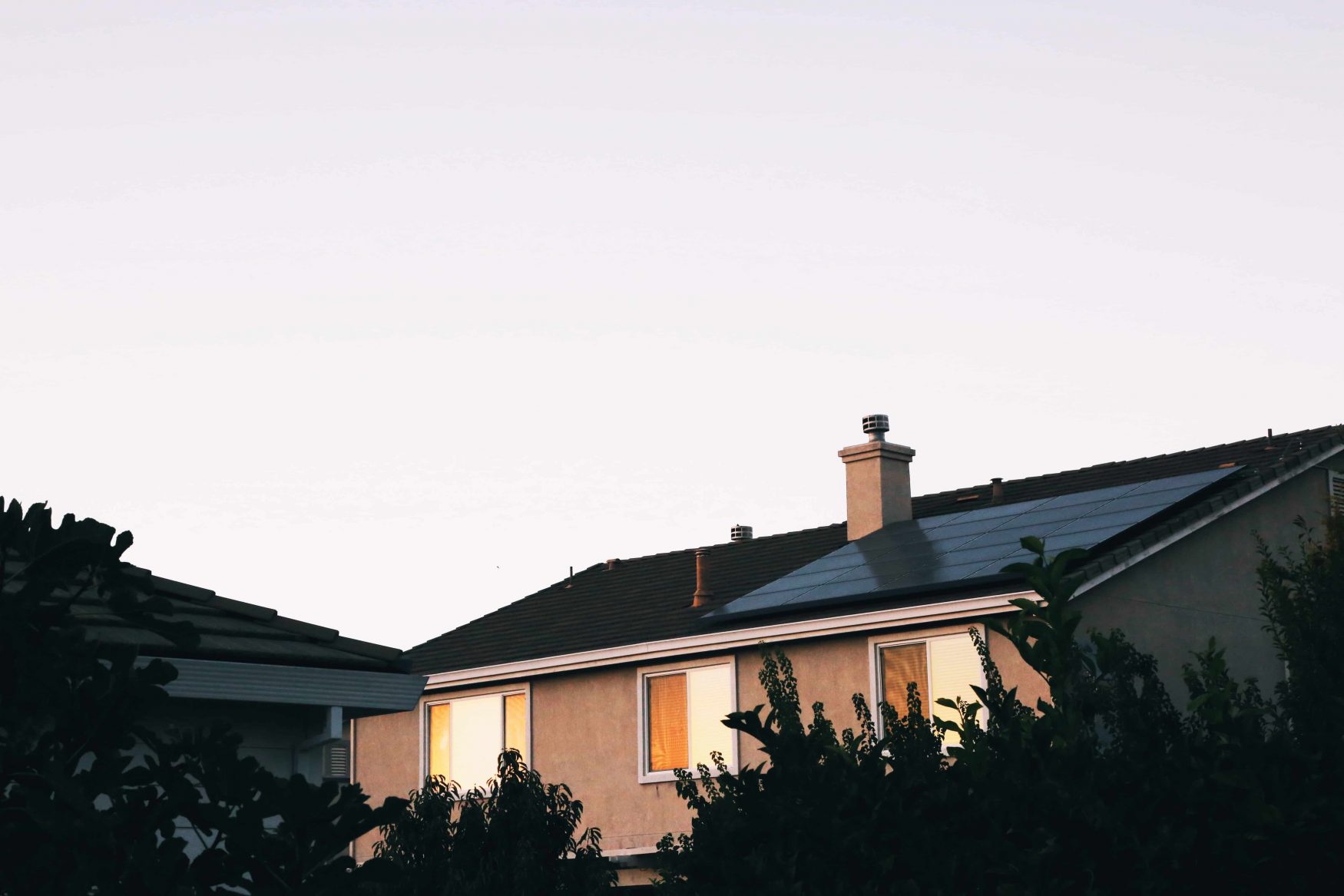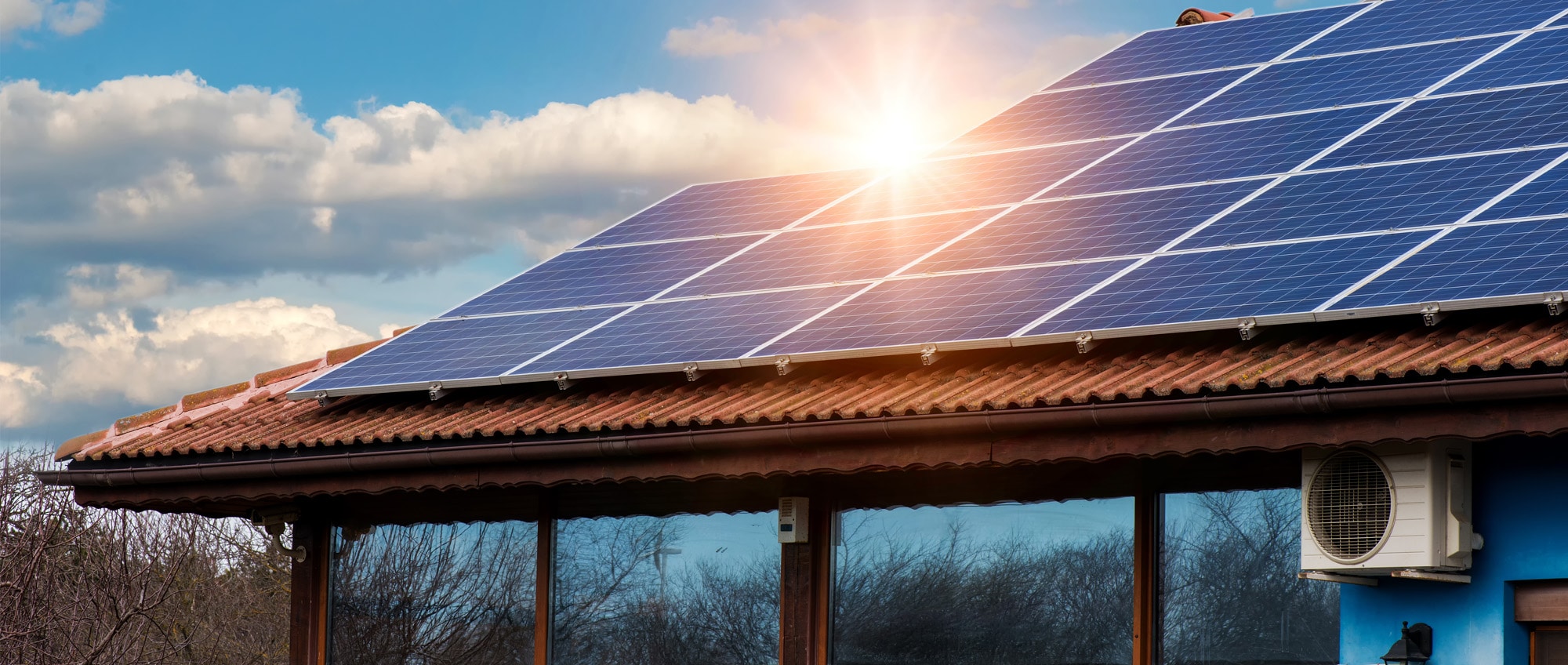
Are you thinking of installing solar panels on your home? You may be wondering if it’s a good investment.
Solar panels are a good investment in every Australian state, no matter how much power you use. Solar panels are an excellent investment in Australia, although their cost, savings, and turnaround depend on various factors. It is not unusual for solar panel systems to recoup their initial investment in as little as four years.
An effective solar energy system should save you money for at least three decades if you invest wisely.
This post will help you decide if solar panels are the right choice. Remember that solar panel installation is a big commitment, so weigh all the factors carefully before deciding. Thanks for reading!
Costs of Solar Energy Systems Over Time
In the early 1990s, solar energy cost between 5-10 dollars per watt, and only the well-to-do could afford to invest in it. An appealing federal STC plan, which pays up to 40 per cent of the cost of the installation via government incentive, has contributed to solar’s rising popularity.
As solar product manufacturers have established scale economies with manufacturing and assembly procedures that have been standardised, prices have dropped drastically over the last five years.
Cost of Solar Systems in the Future
Many experts in the solar field believe the cost of solar panels will keep going up. The worldwide shortage of solar panels led to a 10-15% increase in the price of solar energy by the end of 2021.
Even if solar panel efficiency advances keep pace with the annual decrease in the government STC refund (expected to happen through 2030), the value of solar energy is still projected to rise.
The Return on Investment (ROI) for Solar Panels
In 2022, 6.6kW solar panel systems will be widely installed. The price of a high-quality system of this magnitude ranges from $5.5 million to $8.6 million.
You might save as much as $2,000 annually, depending on your electricity consumption patterns.
Electricity use patterns, geographical location, roofing angle and tilt are all factors that affect how quickly a solar panel installation pays for itself.
What is the average monthly cost savings from installing solar panels?
The average 6.6 kW system can reduce quarterly costs by $300-$500. You might wonder, “Why is there such a large price difference?” Well, that depends on your electricity consumption patterns and time of day.
Tips for Cutting Costs
Using the solar power that your panels produce, you can save your electricity bill by 30 cents per kilowatt-hour.
A feed-in tariff, or credit for the surplus electricity you provide to the grid, will be paid if you use solar energy to power your home. Feed-in taxes range from roughly 10 cents to 20 cents per kWh, depending on the state and the merchant.
Indulging one’s own needs
Self-consumption of solar energy and direct usage of that energy will result in substantial cost savings. Why do savings estimates fluctuate so much?
Because the 30 cents you save by utilising your solar electricity is very different from the 10 cents, you gain by reselling it back to the grid.
Solar energy production on your land is also affected by many other factors.
Various Other Factors to Think About When Assessing Solar
The Long-Term Cost Savings of Solar Panels

It’s OK to consider the short term, such as the payback period or the savings you’ll see on your next electricity bill, but a solid system should last you for at least 25 years.
You should consider the money you will save throughout your solar panels’ lifetime. Our solar panel pricing is based on systems of the highest quality, intended to last for many years.
While cheaper solar panels might pay for themselves sooner (assuming they stay long enough), they are not a wise investment because they will likely fail and need to be replaced much sooner.
Common Misconception: Installing Solar Panels Will Eliminate the Need to Pay for Utility Services.
A solar energy system will not usually wholly reduce your electricity cost. Though your electric bill will decrease significantly, you will still be responsible for paying at least some of it.
Learn more about the inner workings of solar panels and how you may make money by selling and buying electricity for the grid with this article.
One That Faces East or West
Even if your roof doesn’t face north, installing solar panels is an excellent idea. Because solar panels are most effective at producing energy in the morning and afternoon, so positioning them to face east and west can be helpful.
This is because peak demand occurs at night and on weekends when more people are likely to use electricity at home.
Energy-Efficient Users
Some people who utilise little electricity may question the utility of installing solar panels. The response is still often “yes,” as in most circumstances.
It is also recommended to purchase a system more extensive than required. Higher feed-in tariffs allow you to recoup the cost of your solar energy system sooner, offsetting the marginal decrease in your capacity to save money through solar.
The Size of the System Matters
Based on the results of a system size calculator, a 5kW or 6.6kW system should be adequate for most homes.
According to our findings, low-energy consumers should invest in a more extensive system, as the extra kW will pay for themselves considerably more quickly.
Should Businesses Invest in Solar Energy?
Since electricity costs are rising on an ongoing basis, switching to solar power might benefit companies. Businesses can benefit from installing solar power installations because
- It helps cut down on carbon dioxide emissions.
- Build up your company’s sustainable credentials to earn more respect from customers.
- As energy costs are expected to rise, it is vital to prepare for this possibility.
- Energy independence and grid independence are prioritised.
- Credible and risk-free financial commitment.
In all probability, you can feel safe purchasing commercial solar panels for your company.
If you make smart investments, a good solar energy system should continue to bring you financial benefits for at least three decades.
No matter how much electricity you consume, installing solar panels is always a wise investment in any of the Australian states.
Depending on how you typically use electricity, you might potentially realise a yearly savings of up to $2,000 dollars.
Before making a final choice, it is important to keep in mind that installing solar panels is a significant investment, and you should give careful consideration to all of the relevant considerations.
The production of solar energy on your land is also impacted by a great number of other factors.
How quickly an investment in solar panels pays for itself depends on a number of factors, including the typical patterns of electricity consumption, the geographic location, as well as the angle and tilt of the roof.
You can reduce your monthly electricity costs by as much as thirty cents per kilowatt-hour by making use of the solar power that your panels generate. The typical 6.6 kW system has the potential to bring quarterly savings of $300–$500.
Because solar panels produce the maximum amount of energy in the morning and afternoon, angling them to face east and west can be useful in getting the most out of their potential production.
Higher feed-in tariffs enable you to recoup the cost of your solar energy system sooner, offsetting the marginal drop in your potential to save money through solar. This can be a significant financial benefit.

Installing solar power systems can be beneficial for businesses because it reduces the amount of carbon dioxide emissions produced and wins more respect from customers.
